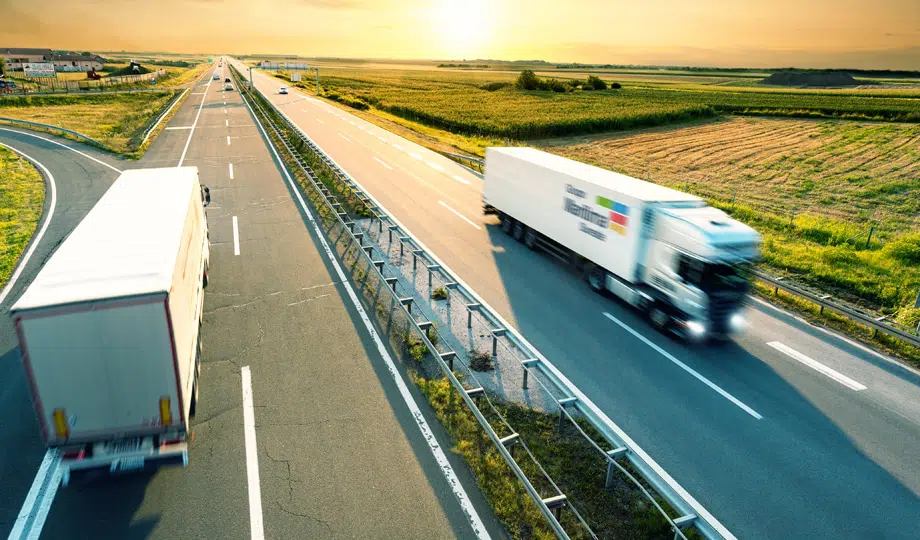Road transport plays a pivotal role in modern society, facilitating the movement of goods and people across vast distances. As one of the most widely used modes of transportation, it offers numerous advantages and disadvantages. In this article, we delve into the multifaceted nature of road transport, exploring its benefits and drawbacks, and shedding light on its impact on various aspects of our lives.
- Flexibility and Accessibility:
Road transport boasts unparalleled flexibility and accessibility, making it a preferred choice for many. Unlike other modes of transportation, such as rail or air, roads can reach even the most remote areas, connecting communities and fostering economic growth. This accessibility allows for efficient transportation of goods, ensuring a steady supply chain and supporting local businesses. - Cost-Effectiveness:
One of the key advantages of road transport is its cost-effectiveness. Compared to other modes of transportation, building and maintaining road infrastructure is relatively affordable. Additionally, road transport offers the flexibility to transport small quantities of goods, making it suitable for businesses of all sizes. This affordability and adaptability contribute to the widespread use of road transport in both developed and developing economies. - Efficient Door-to-Door Delivery:
Road transport enables door-to-door delivery, eliminating the need for additional transfers or intermediaries. This direct transportation method reduces the risk of damage or loss of goods, ensuring a seamless supply chain. Moreover, road transport allows for real-time tracking and monitoring of shipments, enhancing transparency and customer satisfaction. - Time Efficiency:
Road transport often provides faster transit times compared to other modes of transportation, especially for short to medium distances. With well-developed road networks and efficient logistics systems, goods can be transported swiftly, reducing lead times and enabling businesses to meet customer demands promptly. Additionally, road transport offers the advantage of flexible scheduling, allowing for just-in-time deliveries. - Environmental Impact:
Despite its numerous advantages, road transport also poses significant environmental challenges. The combustion of fossil fuels by vehicles contributes to air pollution and greenhouse gas emissions, exacerbating climate change. Additionally, road construction and expansion can lead to deforestation, habitat destruction, and fragmentation. As society strives for sustainability, mitigating these environmental impacts becomes crucial. - Congestion and Traffic:
One of the major drawbacks of road transport is the issue of congestion and traffic. As urbanization continues to rise, roads become increasingly congested, resulting in traffic jams and delays. This not only hampers productivity and economic growth but also leads to increased fuel consumption and air pollution. Addressing this challenge requires innovative solutions, such as improved urban planning, intelligent transportation systems, and alternative modes of transport.
Conclusion:
Road transport offers a myriad of advantages, including flexibility, accessibility, cost-effectiveness, efficient door-to-door delivery, and time efficiency. However, it also presents challenges related to environmental impact, congestion, and traffic. As we navigate the future, it is crucial to strike a balance between maximizing the benefits of road transport and mitigating its drawbacks. By investing in sustainable infrastructure, embracing technological advancements, and promoting alternative modes of transportation, we can revolutionize road transport and create a more efficient, environmentally friendly, and inclusive transportation system for generations to come.

